A Loaf of Bread
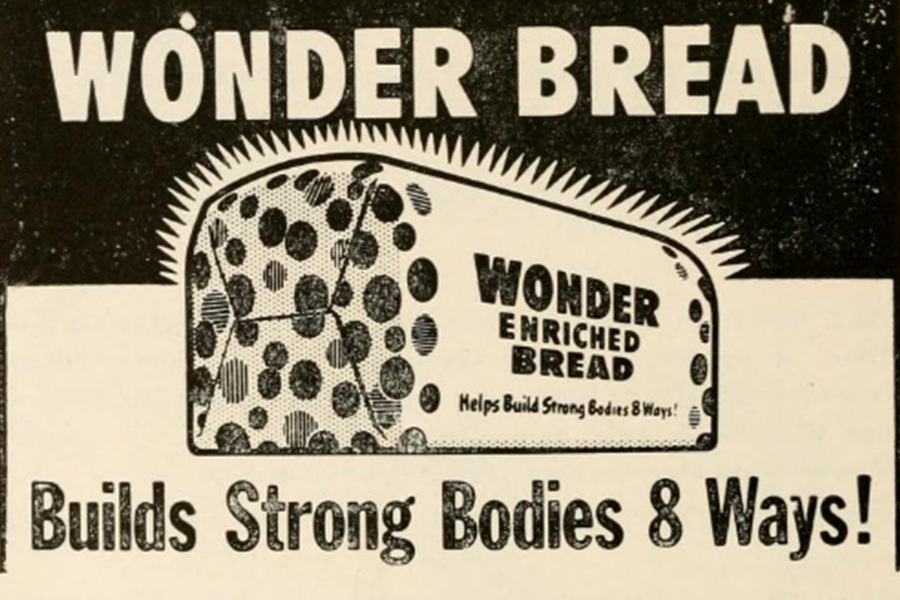
In 1957, a loaf of bread cost only 19 cents, giving you 6 cents left to spend on a couple of postage stamps, or a pound and a half of celery (if you just really, really like celery for some reason).
A loaf of white bread today costs about $1.40 nationwide, according to the Bureau of Labor Statistics.
Half a Pound of Cheese
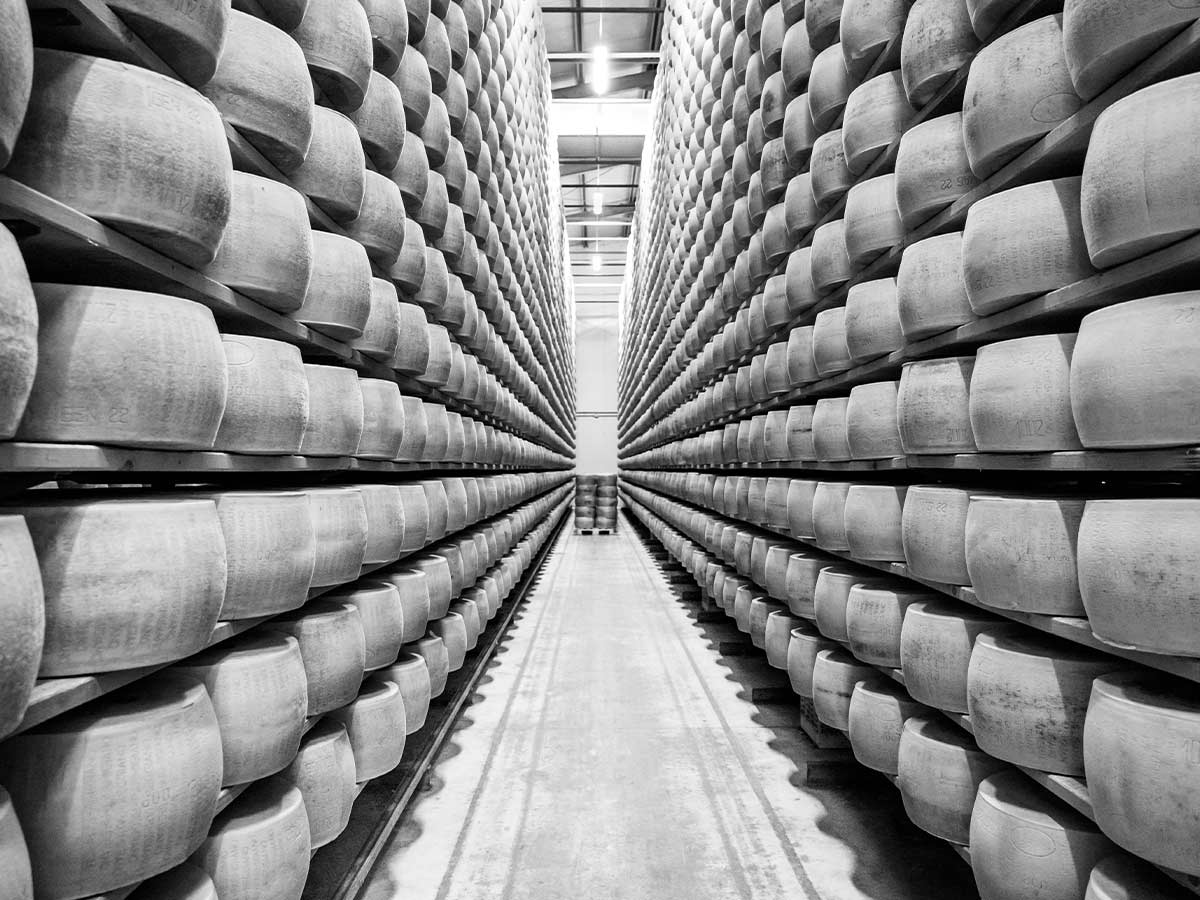
While the rest of the world might look on in horror, Americans are very serious about their American cheese. Is it actual cheese? Maybe not, but that doesn't mean it's not delicious!
In 1954, half a pound of American cheese would run you about twenty-five cents, and, at those prices, you could probably supply your friends, relatives, and neighbors with enough cheese to last them a lifetime.
A Ballpoint Pen

In 1950, a ballpoint pen cost you a quarter. Today you'll usually buy them in a package, but you'll pay anywhere from 36 to 60 cents per pen. Not that much of a markup, all things considered.
Of course, the pen everyone thinks of when they think of ballpoint -- the Bic Cristal -- didn't make the journey from France to the U.S. until '59, carrying a price tag of 29 cents a pop.
Baby Dress

Who doesn't love a cute baby? While they may look downright precious in all sorts of adorable outfits, any parent can tell you that keeping a kid clothed is not a cheap affair!
However, things may have been a bit easier in the baby fashion department back in the 1950s, as you only needed 87 cents to buy a brand-new baby gown. And really, what's more adorable than a good deal?
A Gallon of Gas

Actually, you'd get a nickel back. In 1950, a gallon of gas would only set you back about 18 cents, and even by 1959, it was still only a quarter per gallon. That may seem cheap now, but it’s all relative.
Post War inflation had also recently brought the price of a new car up in 1950 to about $2,210 -- which was about 2/3rds of the median family income of $3,319 at the time.
A Jar of Pickles

Pickle prices these days are not particularly outrageous, and if you really want to save some money, pickles are one of the easiest things to make yourself. Still, we can pass up a good deal when we see one, and pickles were a downright steal in the 1950s!
For just a quarter back then you could find yourself the proud new owner of a jar of pickles. Sometimes it's the little things that make life worth living.
A Milkshake

Not just any regular ol' milkshake, either. A "malted milk" made with "2 Dippers of Ice Cream" sits smack in the middle of this Woolworth's menu for right at a quarter.
And if the price of orange juice on that menu seems steep compared to the cost of the shake, note that the juice was squeezed fresh to order.
Two Pounds of Campbell's Pork & Beans

We're not sure what exactly you would do with two one-pound cans of pork & beans, but by golly, you sure could buy them for a quarter in 1950.
Maybe you were making baked beans for a family cookout. Like, a really large, Southern family where all the cousins actually know each other.
Two Comic Books

The cover price for most comics was only 10 cents from the 1930s on up until about 1962 when they went up to a whole 12 cents per issue.
You could get a couple of books, and one of them might even be an issue of World's Finest Comics. Sure, it cost an extra nickel, but it had Batman and Superman in it!
As Many as Five Cokes

The 1950s were a golden age for Coca-Cola. 1950 saw the iconic bottle grace the cover of Time magazine -- the first commercial product to do so. The advent of the '50s saw a few bottlers start to push up costs, but in most places, you could still buy a Coke for a nickel.
By the late '50s, the nickel coke was more or less history, but your quarter could still get you 2 to 4 bottles of Coke, depending on where you lived.
A Box of Cereal

In the 1950s, one 8-ounce box of W.K. Kellogg's Toasted Corn Flakes cost exactly 25 cents, which was considered affordable at the time. Today, cereal comes in a variety of box sizes, often much larger than 8 ounces, catering to family-sized and bulk-buying preferences.
Yet, despite modern options and production efficiencies, it’s nearly impossible to find a price-per-ounce that matches those 1950s figures. Even when adjusted for inflation, the value of that small, classic box remains hard to beat.
McDonald's Hamburger and Fries
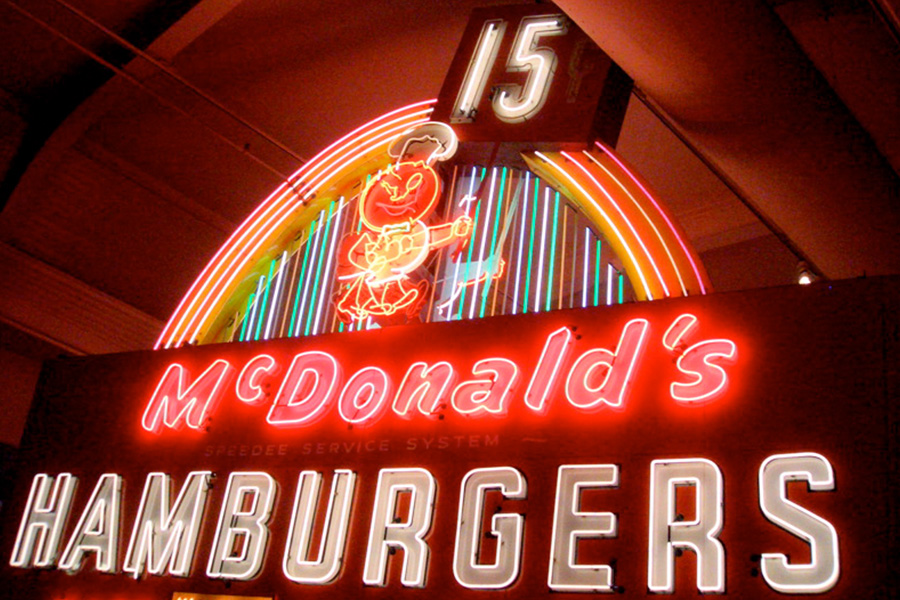
In the '50s, one of Ray Kroc's burgers would only set you back 15 cents, leaving you with a dime to either get fries or a soda. (Or, interestingly, a tall, cool glass of milk.) Can you even get, like, one single French fry for that price now?
At most, you could maybe buy a couple of ketchup packets and drink the ketchup out of them if you were really desperate for some kind of sustenance.
Half-Gallon of Clorox Bleach

In 1954, you could get a half-gallon of Clorox bleach for only 19 cents. That price actually represented a big increase in 1947 -- Post War inflation took its toll yet again. Of course, you'd probably use that bleach a lot more than we do today.
During the war, bleach was used to disinfect wounds, which sounds like it would probably be more painful than helpful.
A Paperback Book

During the 1950s, paperback books became wildly popular, transforming reading into an accessible pastime for all ages and backgrounds. Priced at just 25 cents, these books offered affordable entertainment, and readers eagerly snapped them up, enjoying everything from mysteries to romances to Westerns.
Publishers quickly realized the potential, and paperback novels flooded stores, newsstands, and even gas stations, making books available nearly everywhere. Today, while paperbacks remain beloved, their price has risen to an average of around $10, reflecting changes in production costs, market demand, and the rise of digital media—yet the magic of a good story remains timeless.
Two Heads of Lettuce

Lettuce is a pretty versatile food because you can use it for so many things. Whether you want a salad, to add it to a sandwich, or even as a wrapper for a delicious stuffing, it’s a good way to get in your daily dose of leafy greens.
You could get two heads of lettuce for 25 cents in 1950, compared to today’s pricing of 99 cents per head.
A Pack of Cigarettes
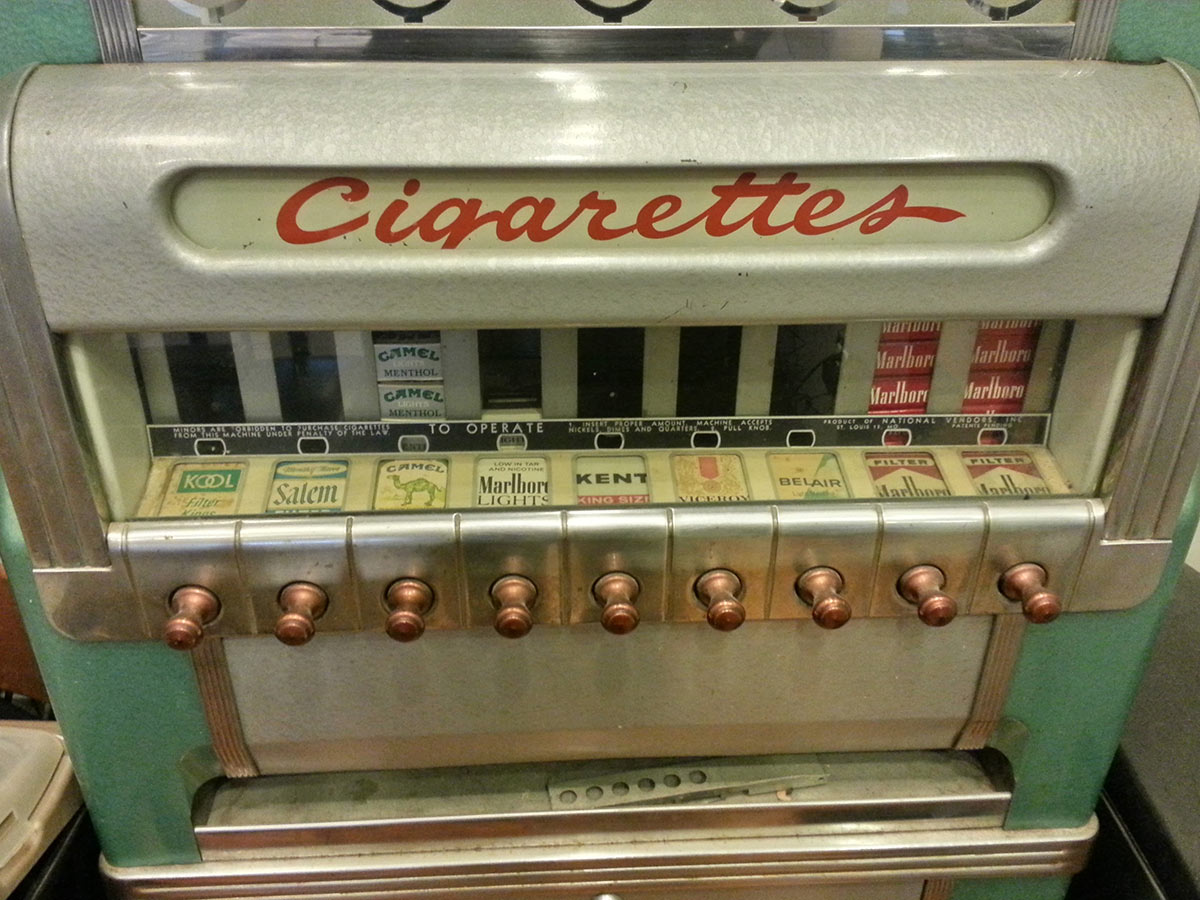
Smoking is a terrible habit. The dangers of smoking weren’t widely accepted or even talked about in the 1950s, but luckily we recognize how bad it is today.
A pack of smokes would only set you back 15 cents in the '50s, whereas today a single pack can be $7 or more.
Two Cups of Coffee
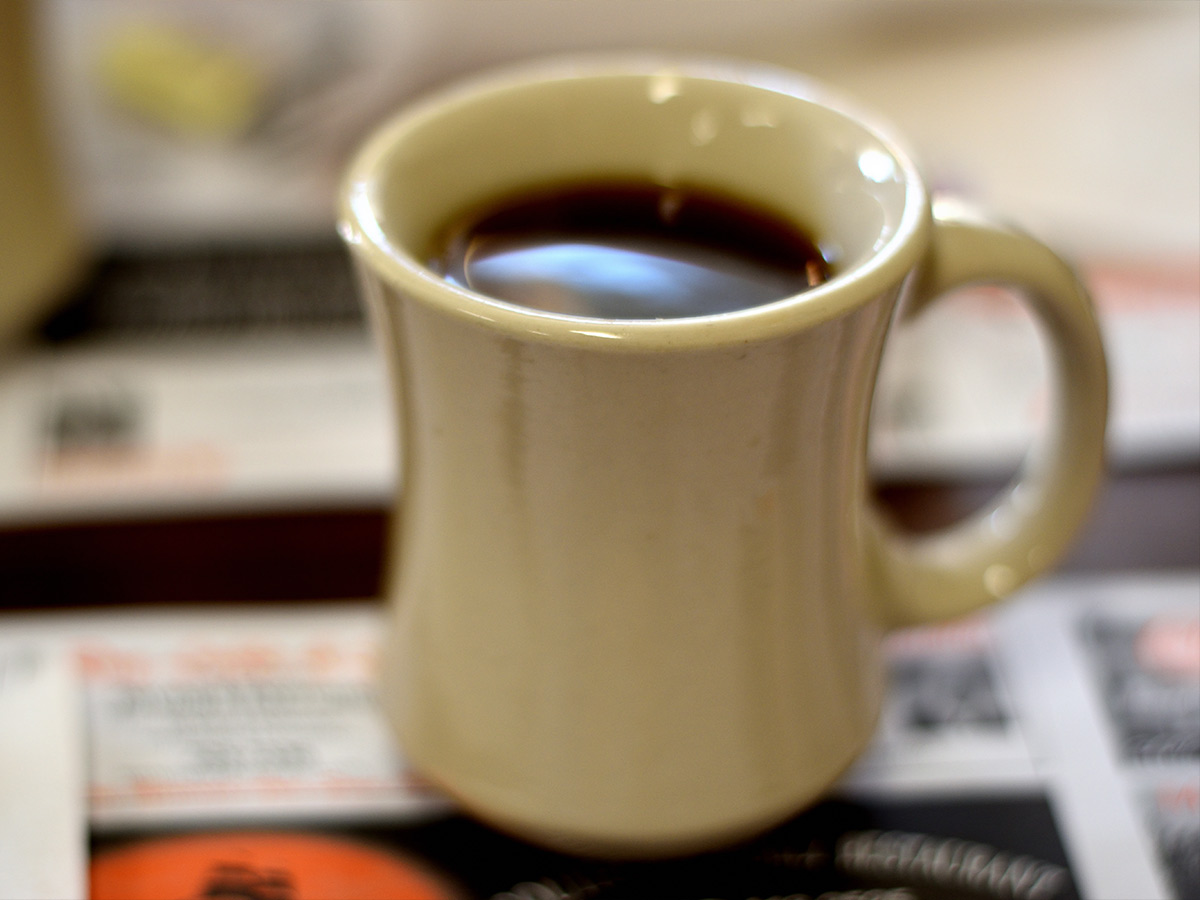
Grabbing coffee at a café each morning can add up quickly—nowadays, a single cup costs anywhere from $2 to $8 or more, depending on your drink of choice. Specialty options, like lattes or cold brews with extra flavorings, often push the price even higher.
In contrast, a cup of coffee in 1950 was a modest 10 cents, making it easy to enjoy two cups and still have change left over.
A Jar of Grape Jelly
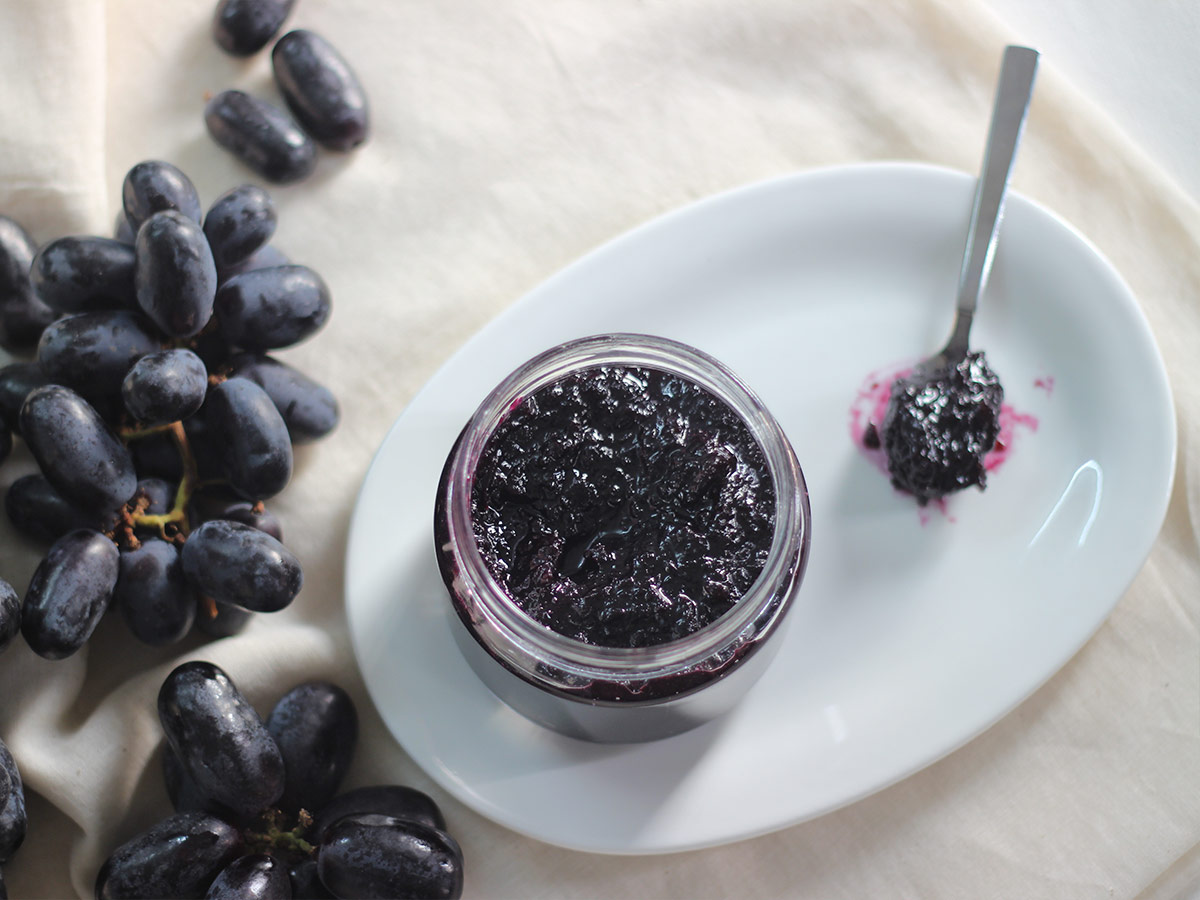
Jelly has long been a breakfast staple, adding a sweet touch to toast, biscuits, and more. In 1950, a jar of jelly could be picked up for just 19 cents, leaving you with 6 cents to spare—a small but meaningful amount at the time.
This low price meant that families could enjoy it regularly without stretching their budgets. Today, that same jar of jelly costs around $2, reflecting changes in food production, ingredient sourcing, and market demand over the decades.
A Half-Pound of Frozen Green Beans

In the past, a half-pound bag of frozen green beans was a budget-friendly choice at just 24 cents, making it an ideal side dish for family meals without breaking the bank. This accessible price allowed families to incorporate nutritious vegetables into their daily dinners, adding both flavor and health benefits to the table.
Today, however, the same amount of frozen green beans costs around $1, reflecting rising agricultural and distribution costs over time.
Four Pounds of Cabbage
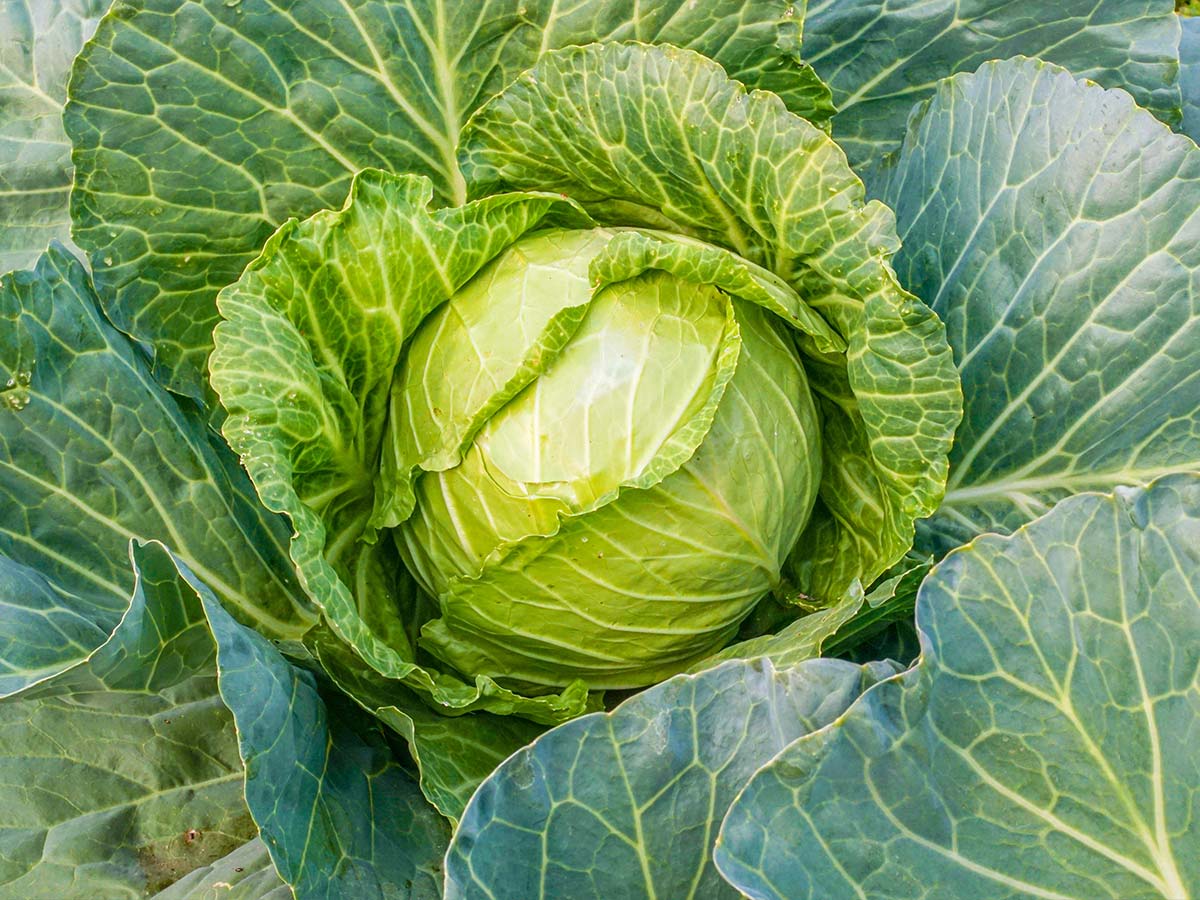
Back in the 1950s, cabbage was an economical and nutritious staple, costing just 6 cents per pound—meaning 25 cents could get you a generous four pounds to feed your family. Cabbage’s affordability made it ideal for hearty soups, stews, and side dishes, stretching meals with fiber and vitamins without stretching budgets.
Though the price has risen, cabbage is still a versatile favorite, appreciated for its mild flavor and health benefits, making it a valued ingredient in everything from coleslaw to stir-fries.
A Pound of Margarine

Margarine is a good replacement for butter when you don’t need the real thing, and is found in many households even today.
For 19 cents you could get a whole pound of margarine and still have 6 cents left over. The same amount of margarine would cost you about $1.50 today.
A Pineapple

Fresh fruit is a delightful addition to any diet, offering a refreshing, sweet, and healthy treat. In 1950, you could pick up a whole pineapple for just 25 cents—a reasonable price for a taste of the tropics. This affordability allowed families to enjoy the vibrant flavor and vitamin-rich benefits of pineapple regularly.
Today, that same pineapple would cost around $2.28, reflecting higher shipping, labor, and farming costs associated with tropical produce.
Five Rolls of Toilet Paper
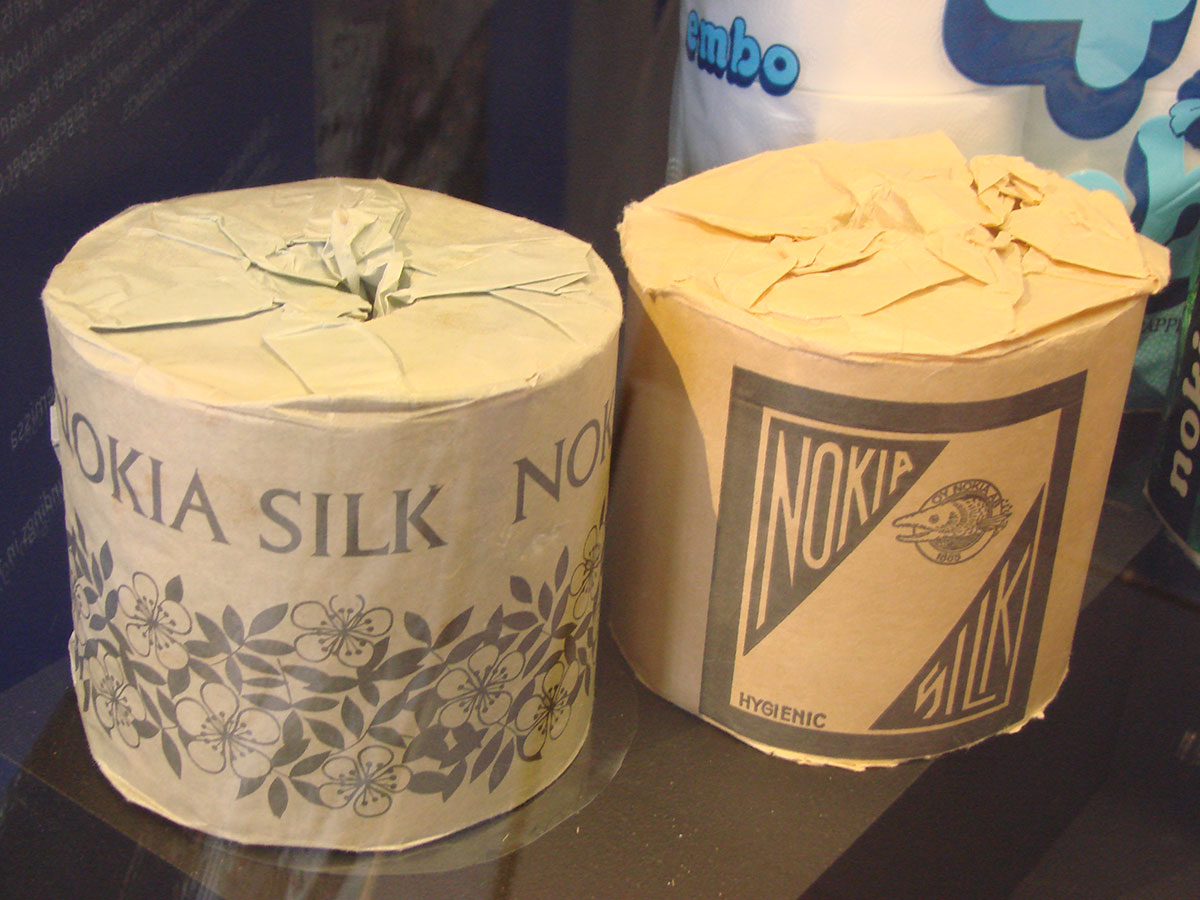
Everyone uses toilet paper, so it’s nice that this necessity was available for 5 cents per roll in 1950.
You could get five rolls of the tissue for 25 cents, making that quite a steal. Today, a pack of four costs about $3 and a pack of six is about $5.
A Package of Pillsbury Cinnamon Rolls

There’s nothing quite like waking up to the smell of freshly baked cinnamon rolls in the morning. In 1950, you could snag a package of the delicious pastries for 23 cents!
Today, the name brand cinnamon rolls are an average of $1.66 per can.
Three Bottles of Palmolive

I don’t know about you, but it’s easy to go through dish soap quickly. In 1950, one bottle was 7 cents, so you could stock up and get three bottles of Palmolive for 21 cents!
That’s nice compared to today’s cost, which is almost $3 for a bottle of the cleaning liquid.
Five Pounds of Onions

Onions are a great ingredient for cooking. They smell great when they’re cooking and add a pop of flavor to many dishes.
A five-pound bag of the delicious vegetable was a reasonable 15 cents back in 1950. Today, a three-pound bag is about $2-$3 at the grocery store.
Two Jars of Gerber Baby Food

It can be incredibly stressful to raise a baby and finding the right food for your growing child can be just as difficult.
Gerber, a trusted brand for many years, was only 10 cents per jar in the 1950s. A package of the same brand of baby food costs $1.36 today.
Two Boxes of Jiffy Cake Mix

Two cakes are better than one, right? You could get two boxes of Jiffy brand cake mix for only 10 cents each in the '50s, leaving you with 5 extra cents!
Nowadays, a box of the same cake mix would cost you $1.48. Either way, that's not bad for a box of cake mix.
A Movie Ticket
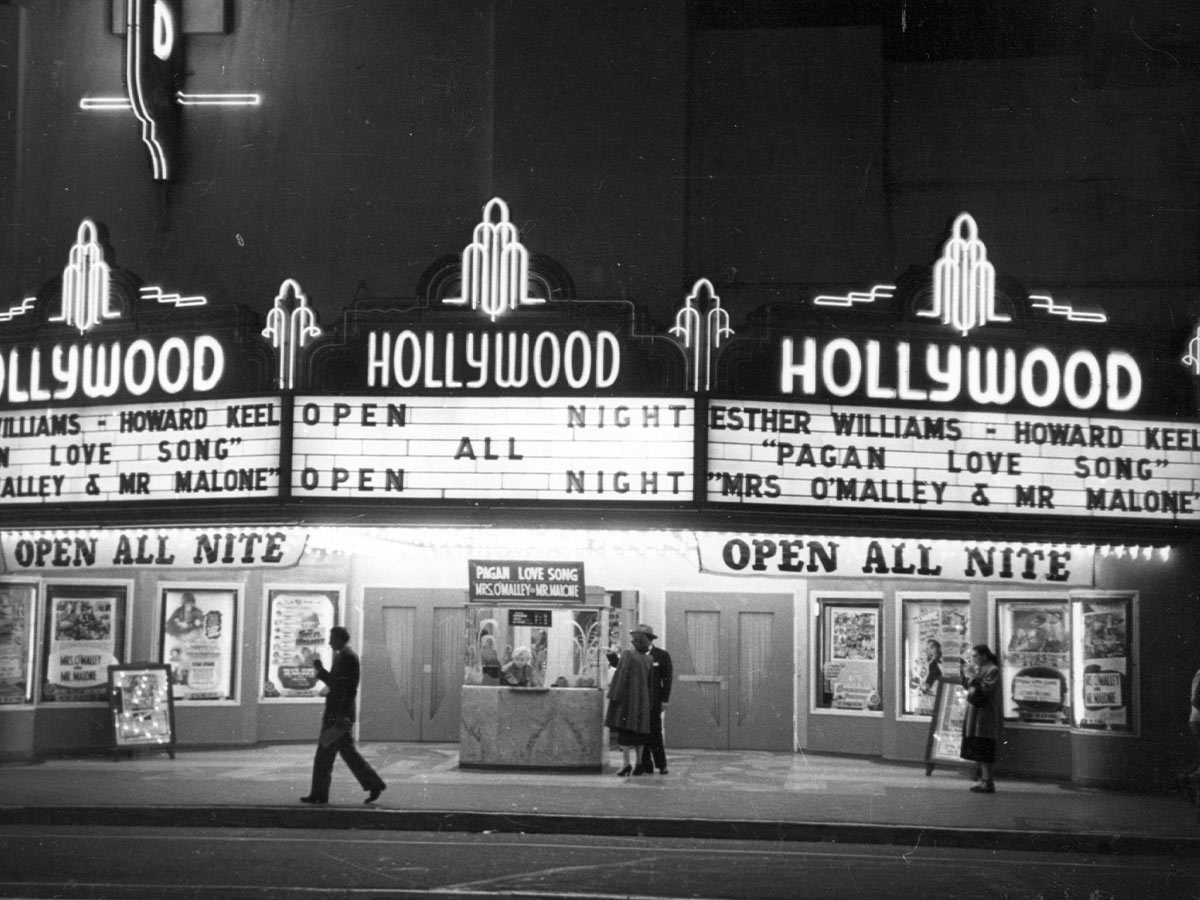
These days, you can expect to pay upwards of $15 dollars for a movie ticket...nevermind the snacks and other expensive add-ons that complete the experience! However, things were a bit cheaper in the '50s.
In the middle of the 20th century, movie ticket prices were well below a dollar, typically somewhere around the 50-cent range. That sounds much more reasonable for a night out!
Bottle of Aspirin
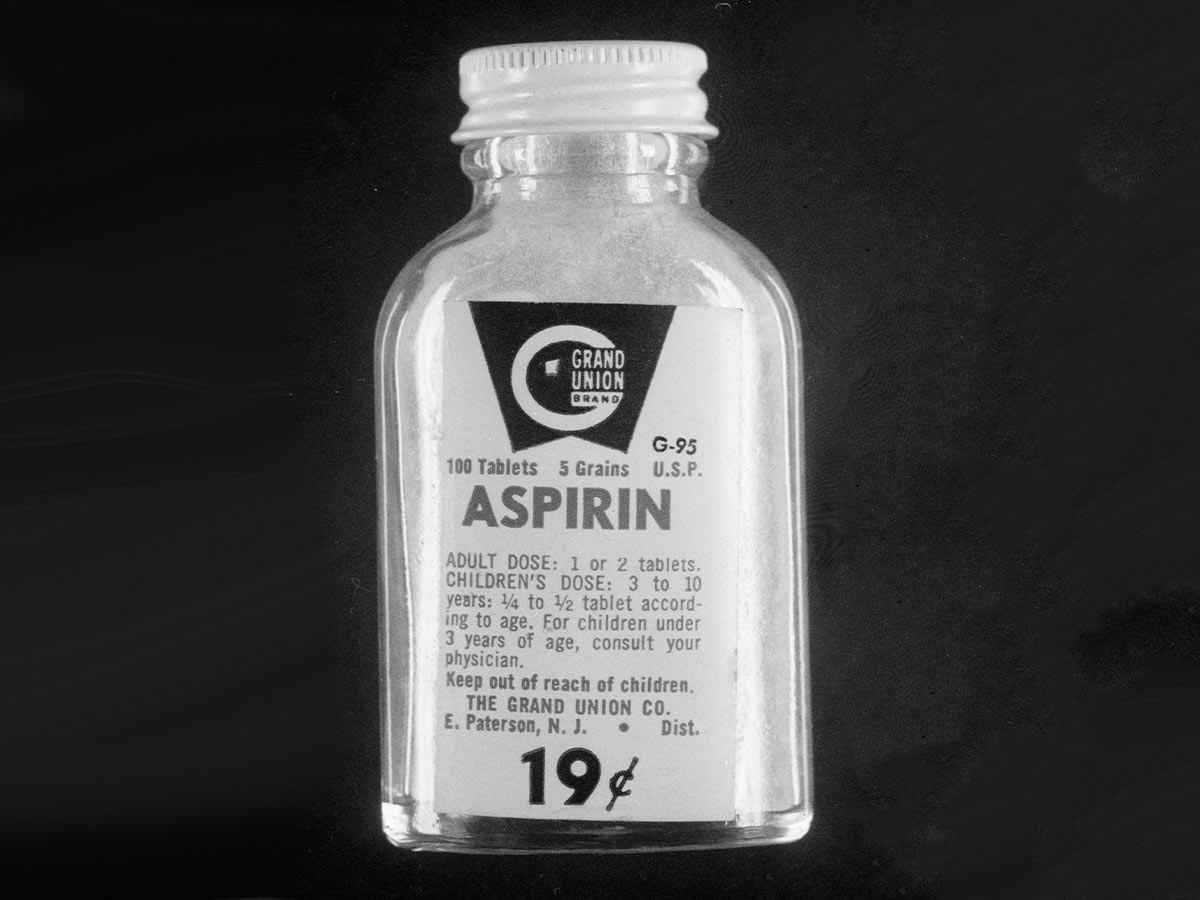
While over-the-counter medications are still pretty reasonably priced today, they were still much cheaper in the 1950s. A bottle of aspirin then would probably run you about 50 cents.
Today, you can expect to pay $5 to $10 to get rid of that pesky headache!
A Necktie

In the modern day, opportunities to wear a necktie don't come around very often, so there's a good chance that no one is breaking the bank buying ties these days. An inexpensive but decent one will run you around $15.
However, in the 1950s Sears was selling ties for less than a dollar! When they're that cheap, why not buy one for every day of the week?
A Vinyl Record

Vinyl records have managed to beat all the odds and survive into the modern era, but if you're a fan of this old-school music medium, you can expect to pay dearly for the privilege today.
Things were a bit different in the 1950s, though. Back then, you could purchase a record from RCA for around 45 cents. These days, you're more likely to see 45 dollars on the price tag!
Cake Pan

People are very serious about their cookware these days, and that's reflected in some of the outrageous prices we pay for high-quality tools. If you're really desperate to spend your money, you can find cake pans priced in the triple digits!
Thankfully, that wasn't the case in the mid-20th century. Their cookware was much more reasonably priced! Back then, you could nab yourself a cake pan and a set of custard cups for about a dollar.
Screwdriver
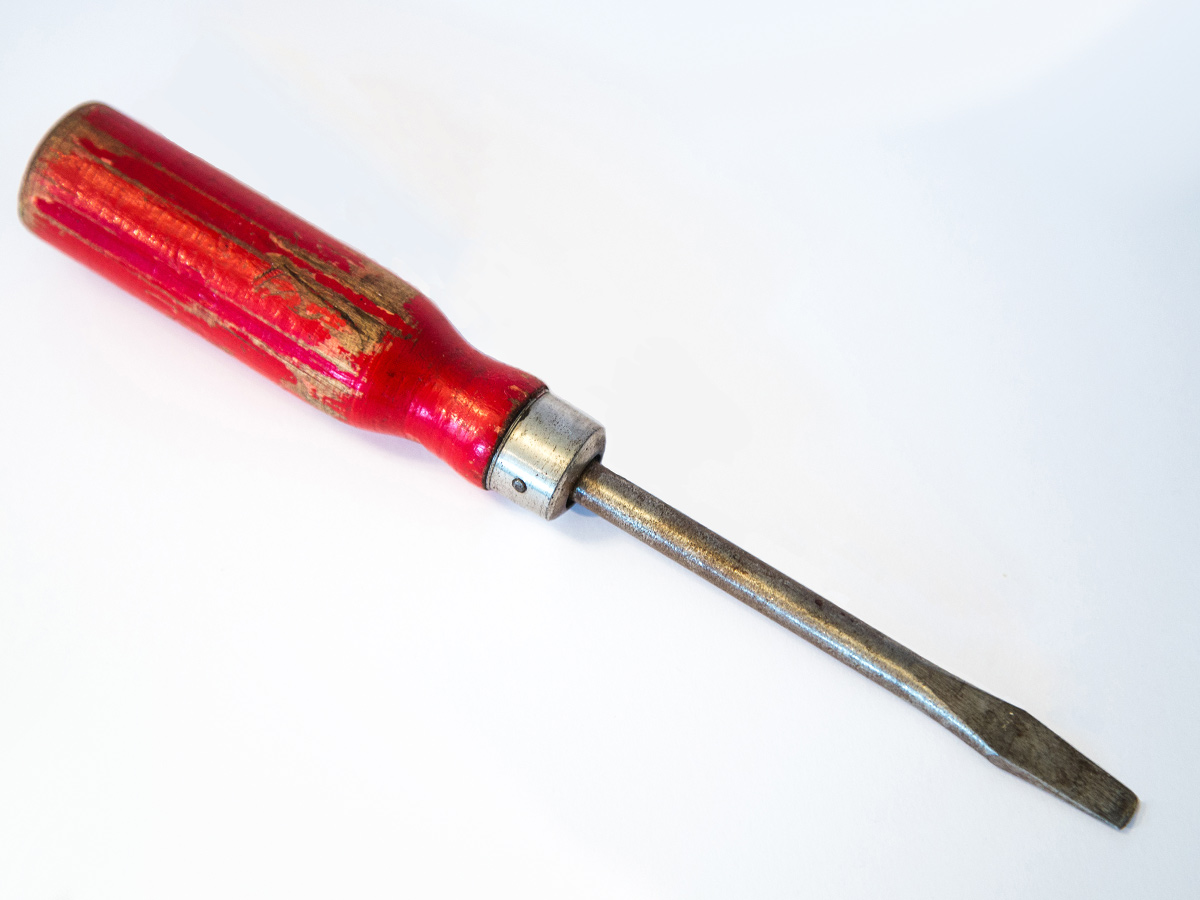
Unless you're a mechanic, tool purchases are probably few and far between in your household. It's typically not something that breaks the bank, but we bet you'll still feel a twinge of jealousy when you see how much people in the 1950s paid for a screwdriver.
In 1954, a four-piece screwdriver set would run you about a dollar, which means that a single one wouldn't cost you a penny over twenty-five cents. That sounds like a great deal!
2lbs of Grapes

If you're a fan of grapes as a simple, healthy, and tasty snack, you might want to fire up your time machines because the 1950s were a great time to stock up on this fruit apparently!
In 1950, grape prices in the US averaged around twelve cents a pound, which means that a quarter could buy you two. Why someone would need so many grapes is beyond us, but they probably had pretty healthy pocketbooks.
 Author
Ron Winkler
Last Updated: November 20, 2025
Author
Ron Winkler
Last Updated: November 20, 2025